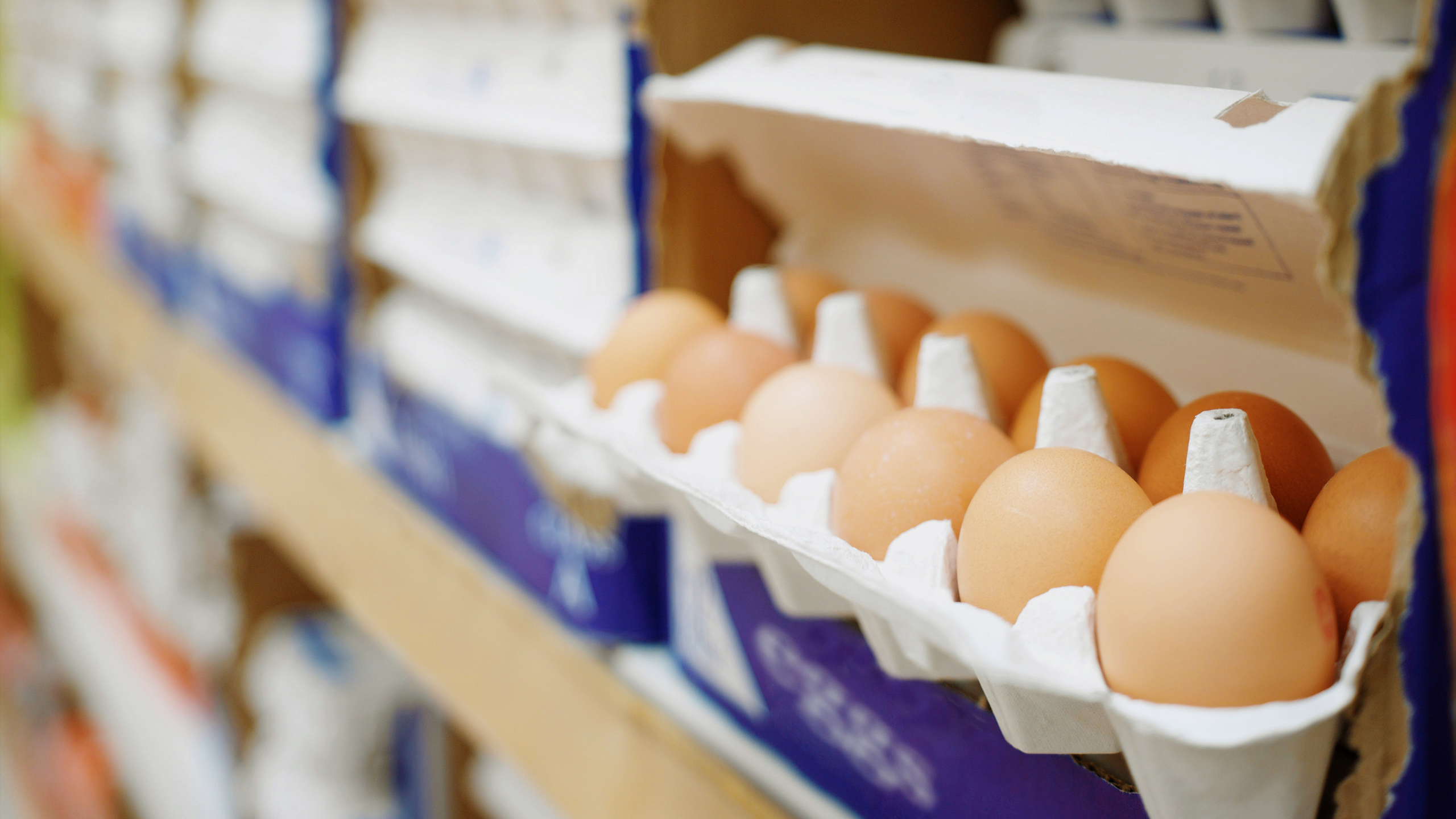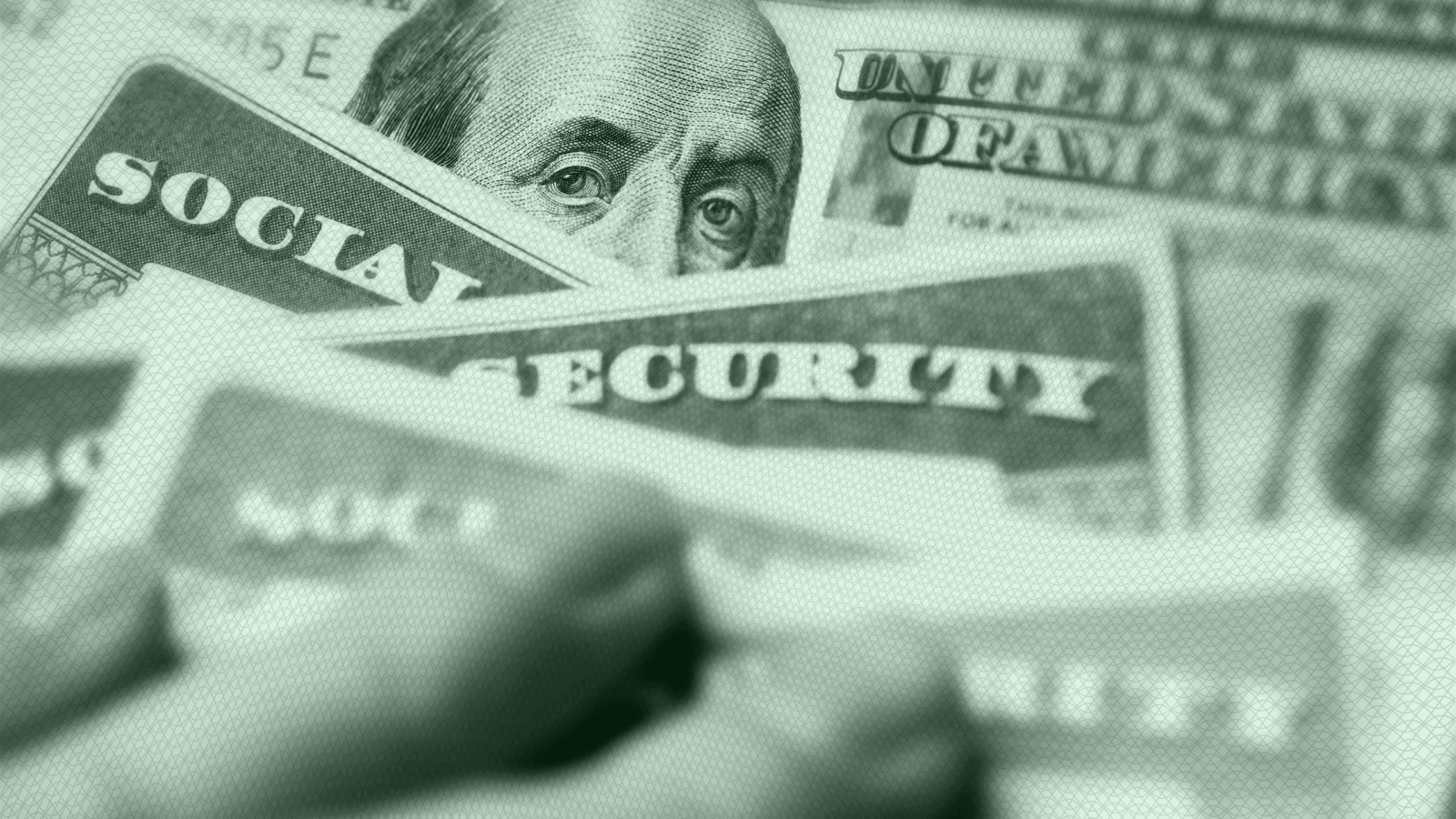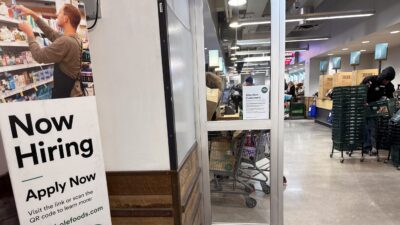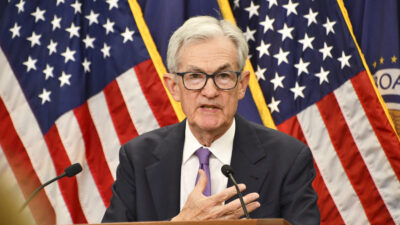Just in Time for Tariffs, Consumer Prices Finally Drop
That’s right: CPI fell 0.1% in March, according to the US Labor Department, marking the first month-over-month decline since May 2020.

Sign up for smart news, insights, and analysis on the biggest financial stories of the day.
Hey Jerome Powell, we think we can finally say: Mission accomplished. Unfortunately, your next mission is already here and, should you choose to accept, it may prove impossible.
Thursday delivered the latest consumer price index report, which showed that inflation didn’t just cool in the month of March, but rather that consumer prices actually decreased. Unfortunately, the report captures the last moment in time before the White House’s “Liberation Day” package of tariffs. Which means consumers barely had time to recognize — or even notice — the end of one inflationary event before they could be slammed by the next.
Fed Up
That’s right: CPI fell 0.1% in March, according to the US Labor Department, marking the first month-over-month decline since May 2020. That beats most economists’ expectations of a 0.1% month-over-month rise, according to a Wall Street Journal survey; a 2.4% year-over-year increase also comes in below expectations of a 2.6% rate. Gas prices fell a full 6% in the month.
Parade, meet rain: In these times, well … “the data seems stale,” Beth Ann Bovino, chief economist at US Bank, told the WSJ. Even with Wednesday’s U-turn away from extreme reciprocal tariffs, the remaining 10% levy on most countries’ imports and a total levy of 145% on Chinese imports still represents a marked increase in the cost of business moving forward, which will more than likely trickle down to consumers. Which is why Powell and his merry band of central bankers are hardly celebrating the latest CPI figures — in fact, they’re worried about more than just inflation returning:
- Minutes published Wednesday from the Fed’s March 18-19 meeting, before Liberation Day, showed the central bankers were already wary of incoming tariffs: “A majority of participants noted the potential for inflationary effects arising from various factors to be more persistent than they projected.” Translation: Don’t expect the Fed to be in a hurry to cut rates.
- The central bank seems to know it may be in a pickle, as conditions that usually spark rate cuts may soon be present: The monetary policy committee, which sets the benchmark interest rate, said it might “face difficult tradeoffs if inflation proved to be more persistent while the outlook for growth and employment weakened.” Translation: the Fed is officially concerned about looming stagflation.
Don’t Count Your Chickens: Fueling the decreasing consumer prices? Gas prices, which fell 6%, and used car and truck prices, which were down 0.7% (though don’t expect that dip to last, as the White House is continuing to impose a 25% tariff on automobile imports). On the flip side, food costs rose 0.4%, thanks to a return of egg-flation: a nearly 6% rise in the price of eggs. That brings egg prices to the highest level ever recorded by the index, despite a noted downturn in bird flu cases in March. As always, it’s best to not count your inflation wins before a global trade war cracks a few of them.











